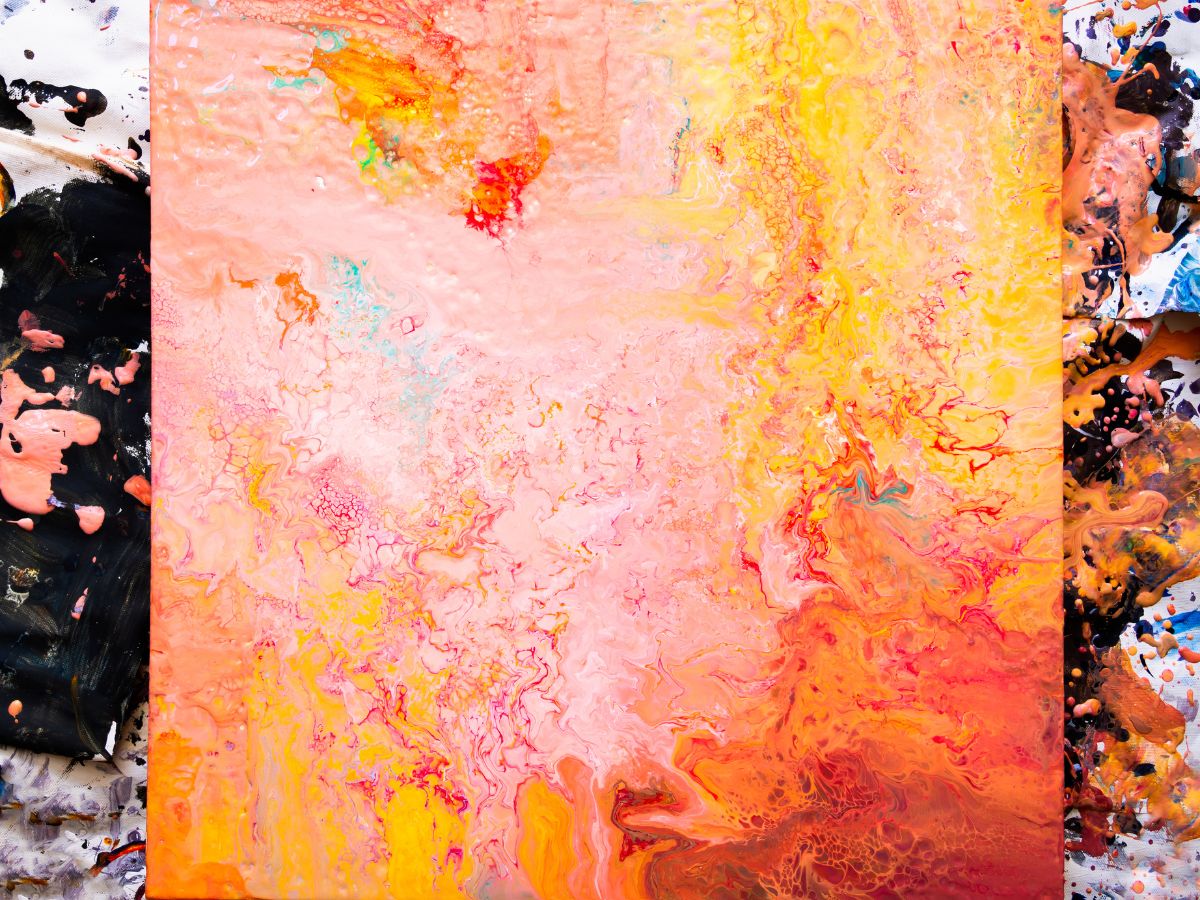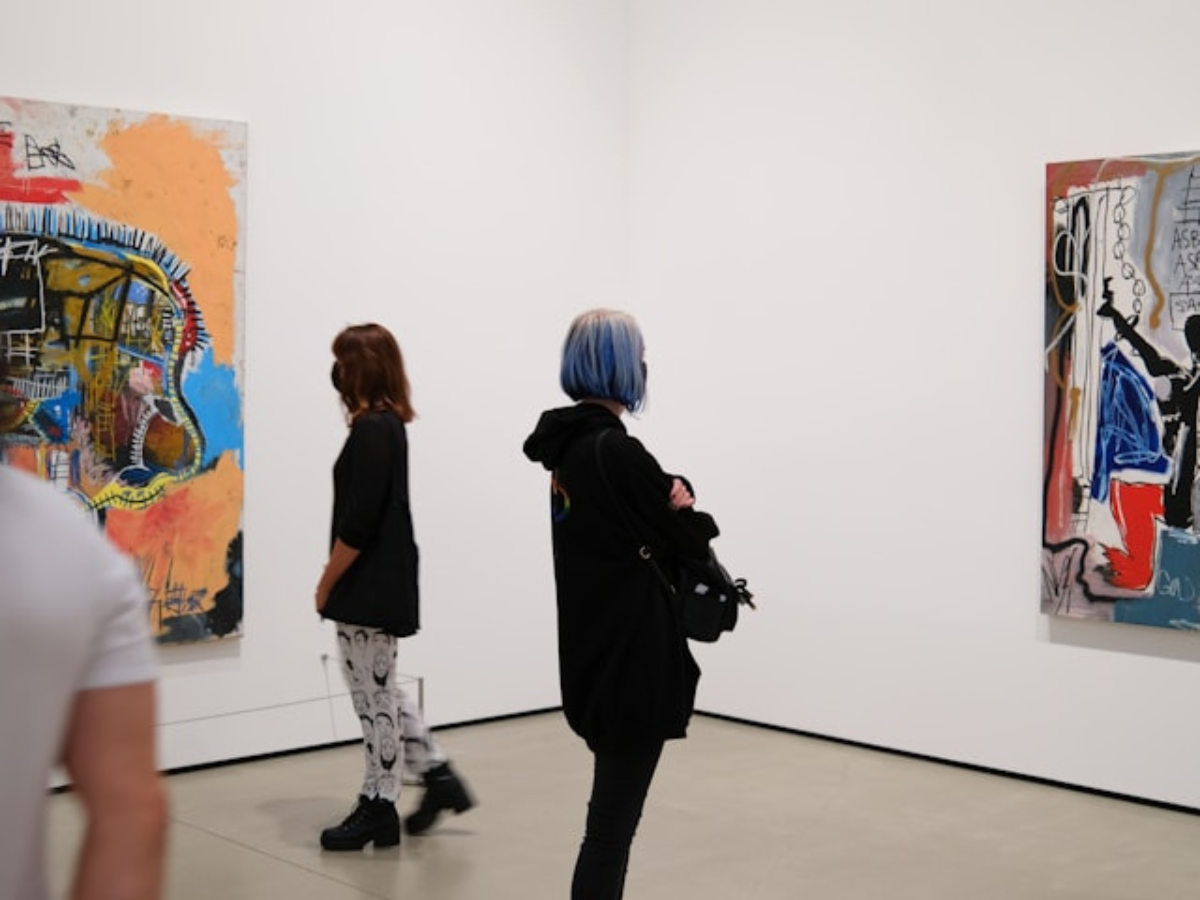
Acrylic Pouring for Beginners: Step-by-Step Guide
Acrylic pouring is a mesmerizing art form that combines creativity with science. Perfect for beginners, it involves mixing acrylic paints with a pouring medium to create fluid, abstract patterns on a canvas. This guide will walk you through the basics of acrylic pouring and help you start your artistic journey.








